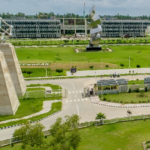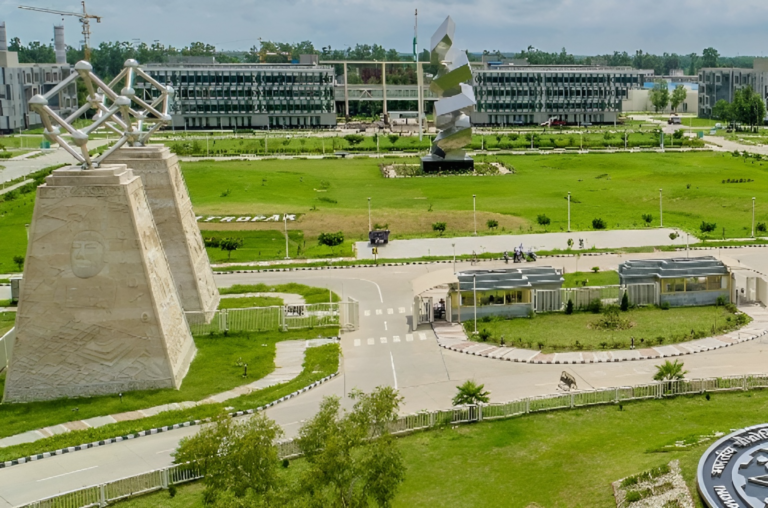The G20 Summit saw India, Saudi Arabia, the United Arab Emirates, France, Germany, Italy, and European Union leaders announcing the creation of the India-Middle East-Europe Corridor on Saturday. This summit has proven to be fruitful for India as it played a significant role in shaping the G20 agenda. During the summit, after the Middle East-European corridor was discussed, India also made strong statements about China.

This corridor is being seen as an alternative to China’s Belt and Road Initiative. It comprises two corridors – one connecting India to Western Asia and the other connecting North and Western Asia to Europe. This corridor is expected to reduce the distance between India and Europe by thousands of kilometers. According to Railway Minister Ashwini Vaishnaw, this corridor is a game-changer for India, the Middle East, and Europe. It represents a shared vision and a common goal.
Now, India will be significantly closer to Europe, which will boost trade, connectivity, and cooperation between India, Europe, and the Middle East, according to Vaishnaw. The project has been given the name “India-Middle East-Europe Economic Corridor,” and it’s also referred to as the “Spice Route.”
The Middle East is strategically important for India from a political perspective. India’s government has been viewed as a Hindu nationalist government, and it has strengthened its relations with Arab countries. The Indian Ministry of External Affairs has been successful in improving ties with Saudi Arabia, the UAE, and other Arab nations. This railway project is historic and will further strengthen the India-Middle East relationship. It will also be a significant achievement in the India-US partnership.
Through this corridor, India will provide competition to China’s Belt and Road Initiative in the Indo-Pacific region. The Biden administration sees this connectivity project as a way to balance Chinese influence in the Middle East. The project includes a railway route that will connect Southeast Asia to India and West Asia. This route will facilitate the transportation of goods and other exchanges.
Through this railway route, member countries will benefit from electricity and digital connectivity, as well as the installation of pipelines for clean hydrogen exports. This corridor will strengthen regional integration, boost trade, improve accessibility, and have positive environmental, social, and economic impacts.
India, Saudi Arabia, the United Arab Emirates, the United States, France, Germany, Italy, and the European Union, along with Israel and Jordan, are part of this project. It will also provide relief to countries burdened by Chinese debt. The participation of the African Union in the G20 makes it possible for African countries to resist growing Chinese and Russian influence. This corridor, starting from Mumbai, will be an alternative to China’s Belt and Road Initiative and will span approximately 6,000 kilometers.
Click Here
A sea route of around 3,500 kilometers is also planned. With this corridor, goods will reach Germany from India in just 14 days, compared to the current 36-day journey through shipping ports. This will reduce the cost of imports and exports and make trade more efficient. The countries involved in this project will see improvements in infrastructure, clean energy production, and economic cooperation. It will enhance trade and cooperation among nations connected to this corridor.
more: Amazon Sale 2023: Score Big Savings on Top Lloyd Washing Machines – Up to 40% Off Gold Deals

























[…] […]
[…] More: G20 Summit: What is the significance of the India-Middle East-Europe corridor? What impact will it h… […]